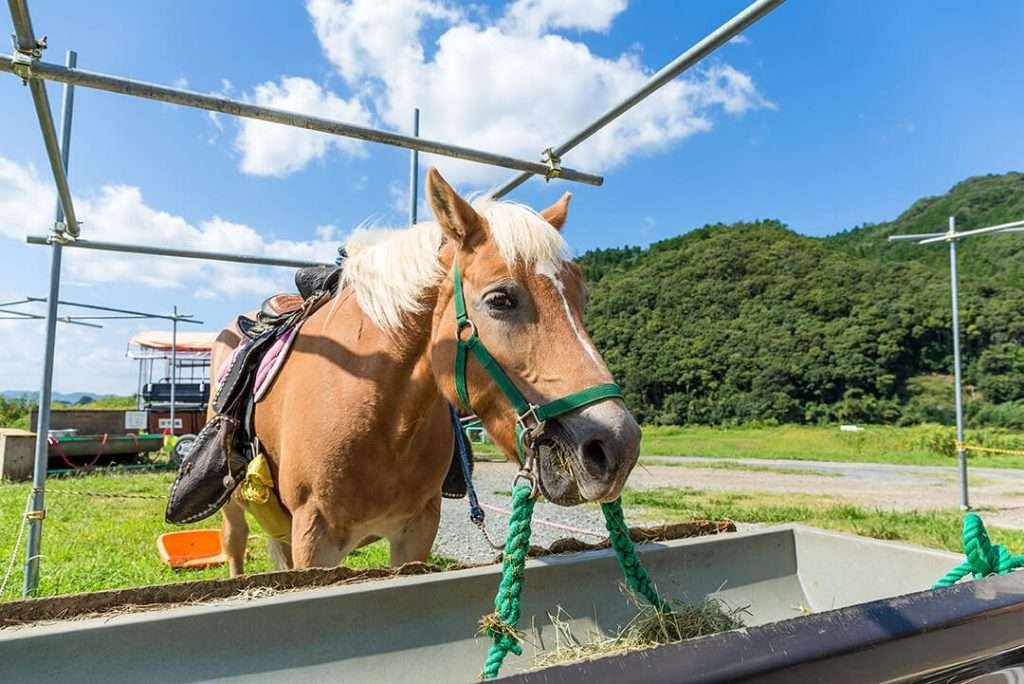Dressage, often referred to as “horse ballet,” is an equestrian sport that showcases the harmony between horse and rider through a series of precise movements. Choosing the best dressage horse involves considering various factors, including temperament, conformation, movement, and trainability. Certain horse breeds have consistently excelled, earning a reputation for their exceptional abilities in the discipline.
Considerations
- Temperament: A calm and cooperative temperament is crucial for the rigorous training and precision required in dressage.
- Conformation: Proper conformation ensures the horse can perform movements with balance and athleticism.
- Movement: Expression, elasticity, and impulsion in gaits contribute to a horse’s success in the dressage arena.
- Trainability: The ability to quickly learn and respond to the rider’s aids is essential for advanced dressage work.
Renowned Breeds
Hanoverian:
- Temperament: Known for their calm and willing demeanor.
- Conformation: Well-proportioned bodies with strong hindquarters, facilitating powerful movement.
- Movement: Exhibits expressive and elastic gaits.
Dutch Warmblood:
- Temperament: Intelligent and trainable, making them suitable for advanced dressage training.
- Conformation: Well-muscled bodies with a strong topline, contributing to balance.
- Movement: Displays fluid and expressive gaits.
Friesian:
- Temperament: Majestic and willing, often recognized for their striking black coat.
- Conformation: Sturdy build with a luxurious mane and tail.
- Movement: Notable for high knee action and a powerful hindquarters.
Lusitano:
- Temperament: Intelligent and agile, historically bred for war and bullfighting.
- Conformation: Compact and muscular bodies with a strong neck.
- Movement: Exhibits impressive collection and balance.
Andalusian:
- Temperament: Noble and willing, known for their versatility.
- Conformation: Strong yet elegant build with a well-arched neck.
- Movement: Displays smooth and controlled gaits.
Training & Achievements
The best dressage horses often undergo rigorous training from skilled riders and trainers. Achievements in top-level dressage competitions, such as the Olympics and World Equestrian Games, contribute to a horse’s reputation.

Conclusion
While specific breeds are often associated with success in dressage, individual horses may defy expectations. The best dressage horse is a combination of innate talent, training, and the partnership formed with a skilled rider. Dressage enthusiasts should consider factors beyond breed, including the horse’s unique qualities and the compatibility with their rider’s goals.
FAQs
- What age is ideal to start Dressage training for a horse?
- While horses can begin basic training at a young age, serious Dressage training often starts around the age of four when the horse has matured physically and mentally.
- Do all horse breeds have the potential to excel in Dressage?
- While many breeds can participate in Dressage, breeds with natural agility, intelligence, and a cooperative temperament often excel in this discipline.
- How long does it take to reach Grand Prix level in Dressage?
- The timeline varies, but it generally takes several years of dedicated training for both horse and rider to progress to the Grand Prix level in Dressage.
- Can Dressage training benefit riders with no competitive aspirations?
- Absolutely. Dressage training offers benefits beyond competition, enhancing communication, balance, and harmony between horse and rider, making it suitable for riders with diverse goals.
- What distinguishes Dressage from other equestrian disciplines?
- Dressage stands out for its emphasis on precision, harmony, and the execution of intricate movements, setting it apart from other equestrian disciplines.
- Are there specific Dressage movements suitable for therapeutic purposes?
- Yes, certain Dressage movements, such as controlled walking and gentle transitions, are often incorporated into equine-assisted therapy for their therapeutic benefits.





